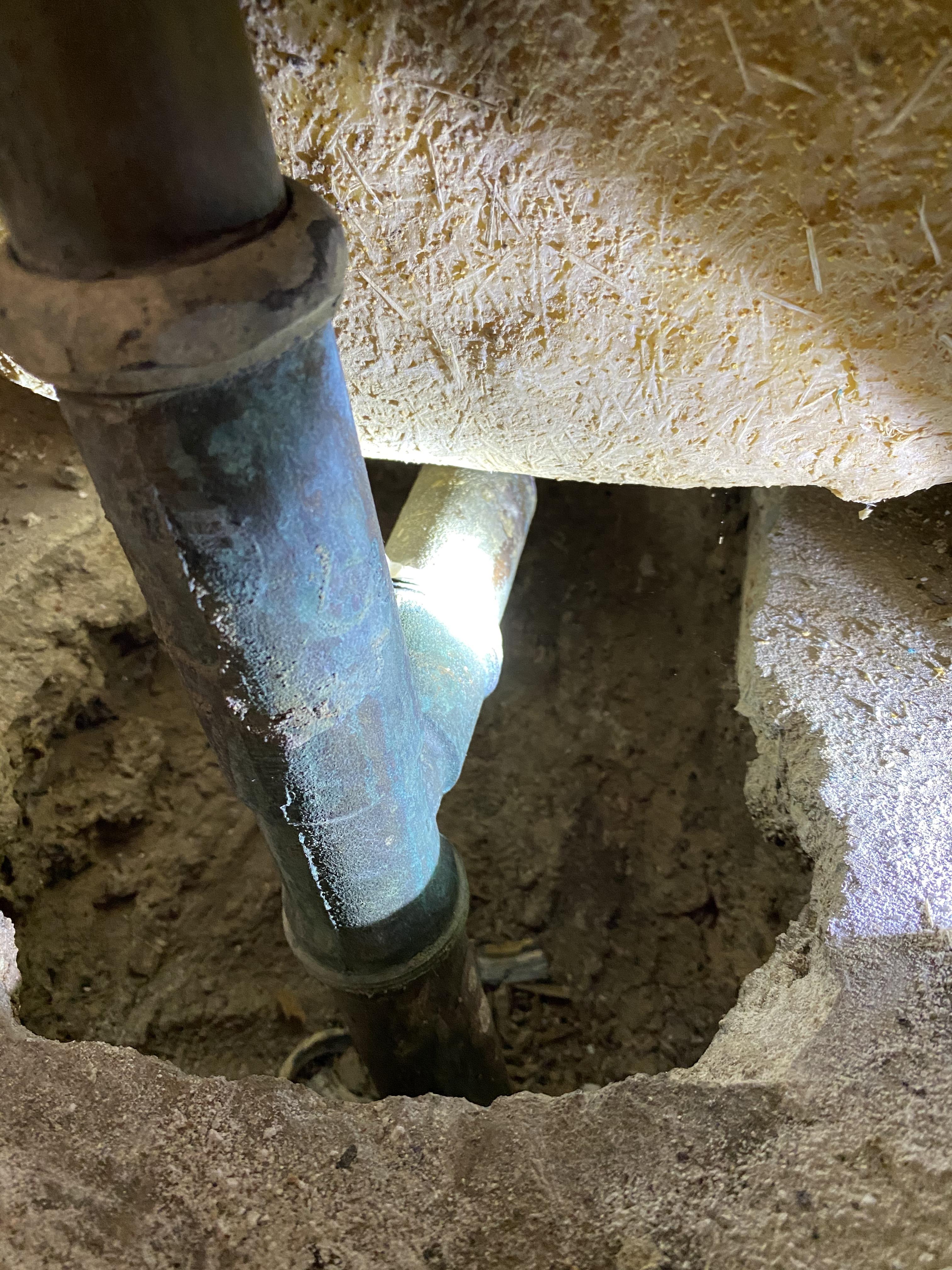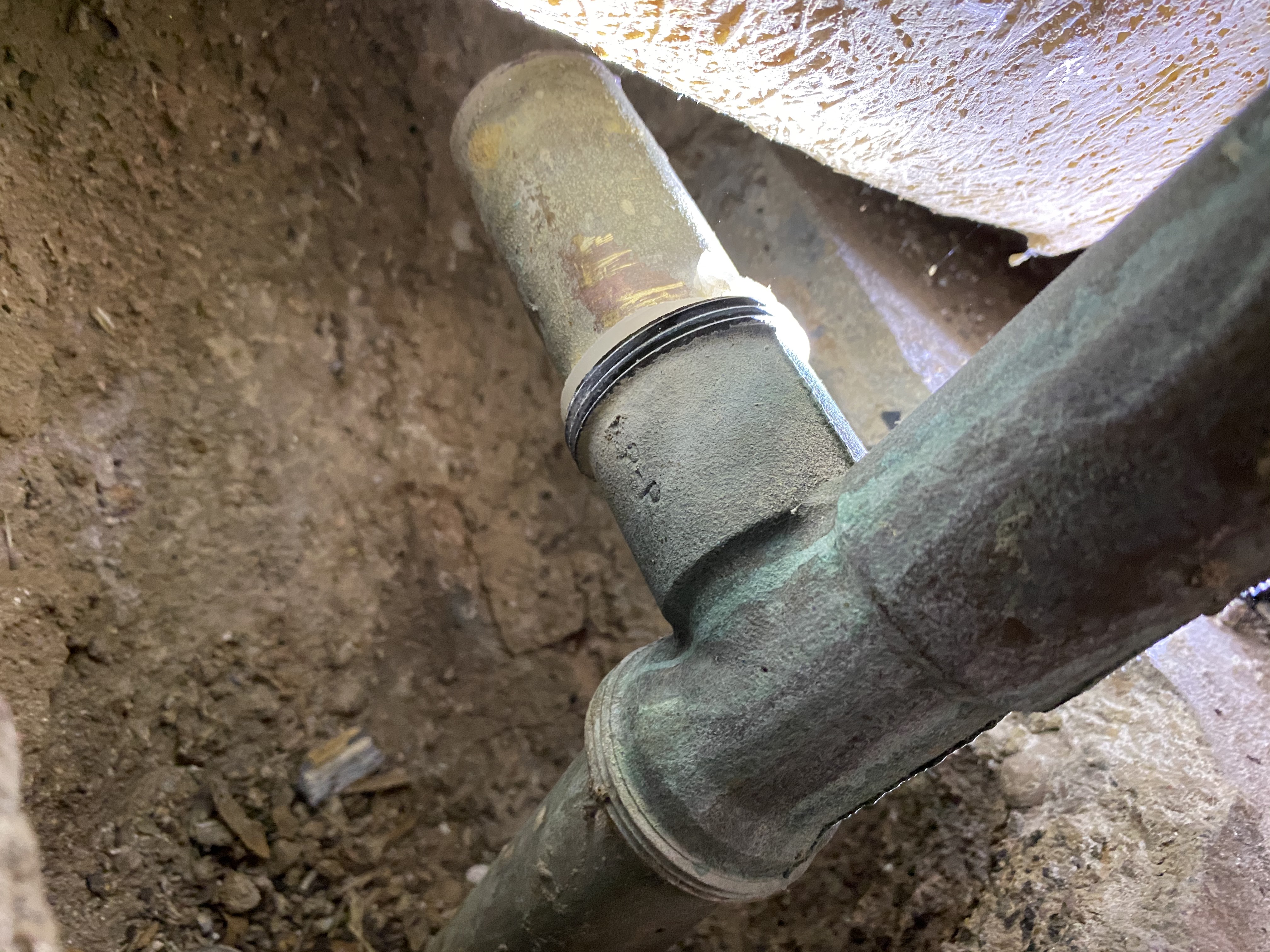Hello all - new to the forum. Trying to further my education in regards to DIY plumbing so my family and I are not so reliant on 3rd party's for the simple stuff. Please forgive my ignorance, as I am still learning all the correct terminology. I have a tub drain in my guest bath that the brass shoe broke off the copper pipe. I ended up having to go through the reverse wall (wet wall) and remove the toilet to get to the pipes. I have pictures of the current situation:


I think I can purchase something a replacement shoe and pipe from one of the big box stores for under $20. My question is in regards to how do I remove the current pipe that the shoe mounts to, as I cannot get it out of the "T" base pipe that connects everything together. And then once I do remove it, how do I attach the new one? Would I use something like pipe dope?
Thanks all!


I think I can purchase something a replacement shoe and pipe from one of the big box stores for under $20. My question is in regards to how do I remove the current pipe that the shoe mounts to, as I cannot get it out of the "T" base pipe that connects everything together. And then once I do remove it, how do I attach the new one? Would I use something like pipe dope?
Thanks all!

























































